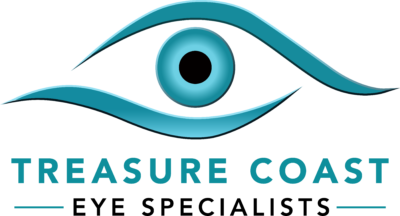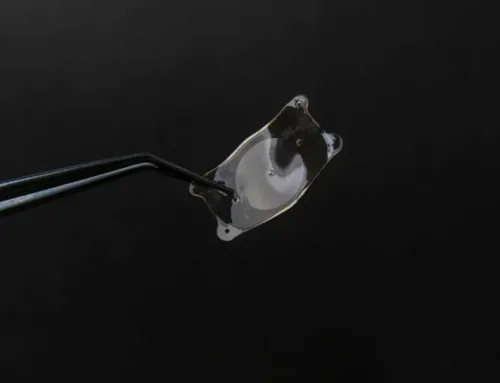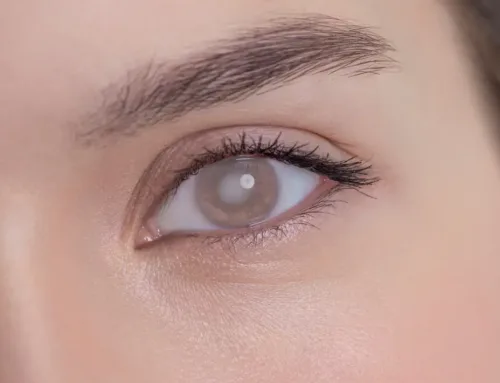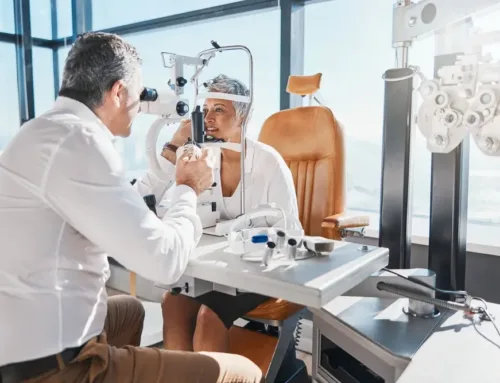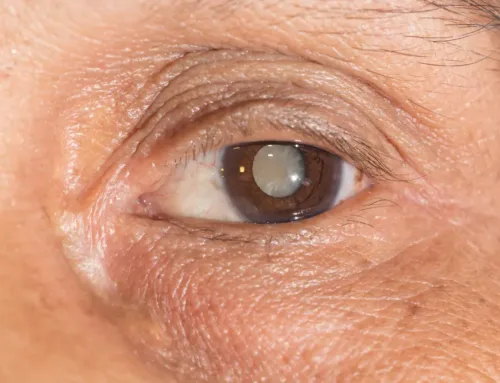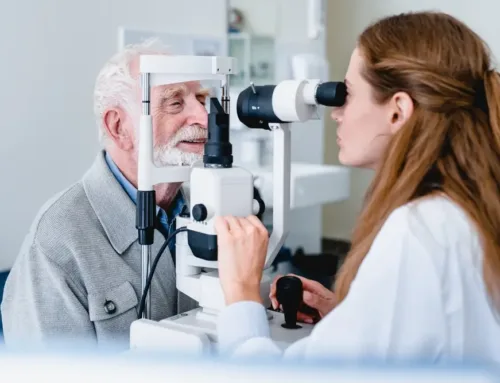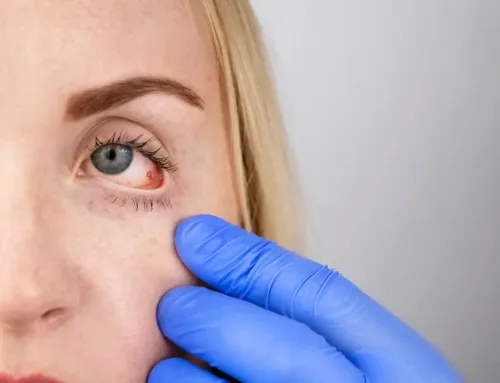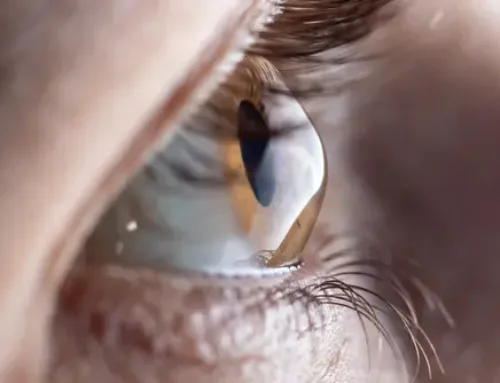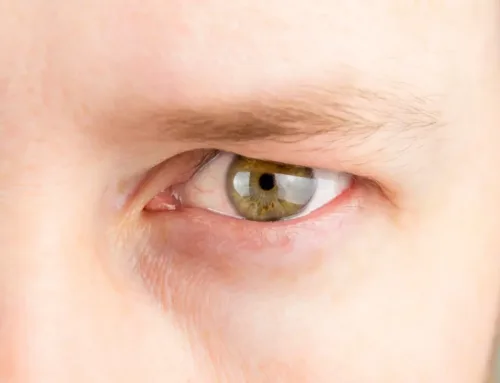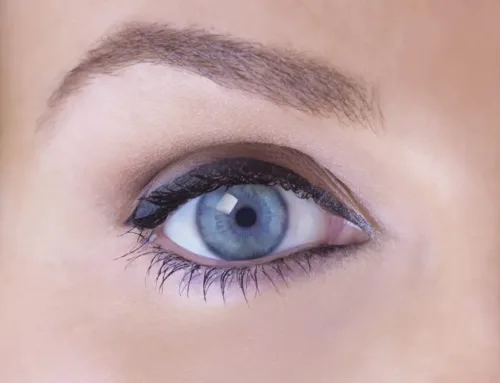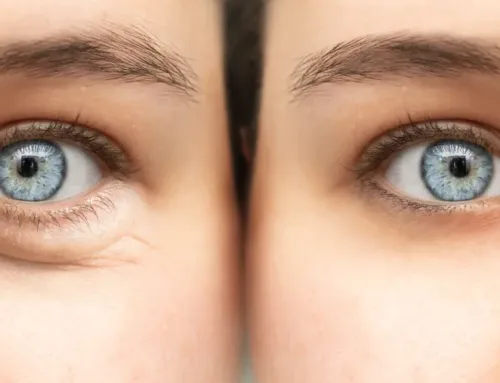LASIK vision correction is a popular eye surgery that has granted millions the convenience of clear vision without glasses or contact lenses. It’s a transformative procedure, offering permanent treatment for refractive errors such as myopia, hyperopia, and astigmatism.
How LASIK Works
LASIK stands for Laser-Assisted in Situ Keratomileusis. This procedure utilizes a specialized laser to precisely alter the shape of your cornea. The reshaping enables light entering your eye to be properly focused onto the retina for clearer vision.
The process begins with the creation of a thin flap in the cornea. The surgeon uses an excimer laser to sculpt the corneal tissue underneath. The flap is then laid back in place, where it heals naturally without the need for stitches. The precision of the technology involved in LASIK means that the surgeon can tailor the procedure to your specific vision needs. 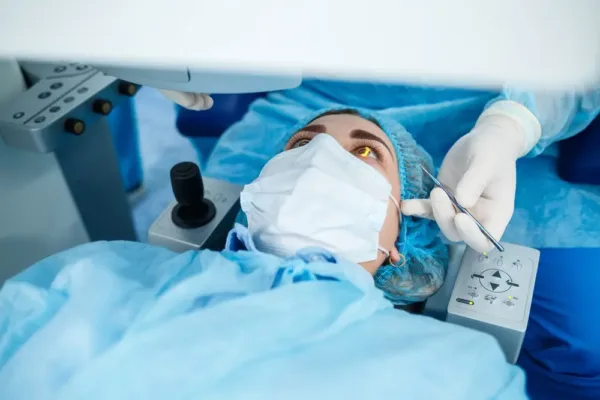
The Long-Term Results Of LASIK
After LASIK, the majority of patients achieve 20/20 vision or better, which can be a life-changing experience. However, it’s important to set realistic expectations. While the changes made to your cornea during LASIK are permanent, your eyes can still change with time, which might affect your vision.
Age, hormonal changes, and lifestyle factors can cause natural changes in your eyes, leading to shifts in vision even after LASIK. For instance, presbyopia, the age-related hardening of the eye’s lens, can still occur, potentially necessitating reading glasses as you get older.
Lifestyle Habits To Maintain Clear Vision
Your overall lifestyle can have a significant impact on the longevity of your LASIK results. Regular exercise, maintaining a healthy weight, and controlling conditions such as diabetes or hypertension can all contribute to stable vision. These health factors play a role in blood flow and eye pressure, both of which can influence eye health.
Nutrition is a key component in supporting your vision. Foods high in antioxidants can help protect your eyes from oxidative stress, which can contribute to age-related vision changes. Incorporating leafy greens, colorful fruits, and fish high in omega-3s into your diet can have a protective effect on your eyes.
Environmental factors, such as exposure to bright sunlight or harsh weather conditions, can affect your eyes. Wearing protective eyewear when outdoors or in hazardous work environments can prevent injury and reduce the risk of developing cataracts or other eye issues that could compromise your LASIK results.
Regular Check-Ups For Long-Term LASIK Success
Regular eye exams are crucial in monitoring your vision after LASIK. Although the majority of LASIK patients enjoy stable vision, a small percentage may experience changes that could require enhancement procedures. Keeping up with your eye health post-LASIK enables you and your eye care professional to address any concerns promptly.
Your eye care provider will recommend a specific follow-up schedule immediately after your LASIK surgery, typically including visits within the first week, month, and then annually. Adhering to this schedule ensures any potential issues are identified and addressed early.
Maintaining open communication with your eye doctor is key. They are your partner in eye health, offering advice, conducting thorough examinations, and providing treatments when necessary.
Ensuring Clear And Healthy Vision For Years To Come
Understanding how LASIK works and what to expect in the long term allows you to make informed decisions about your eye health. By embracing the lifestyle habits that protect your eyes and scheduling routine eye exams, you can enjoy the full benefits of your LASIK procedure for many years.
If you’re considering LASIK or looking to understand more about maintaining your vision post-surgery, reach out to Treasure Coast Eye Specialists at our office in Port St. Lucie or Stuart, Florida. Call 772-400-2400 or 772-286-0007 to schedule an appointment today.

